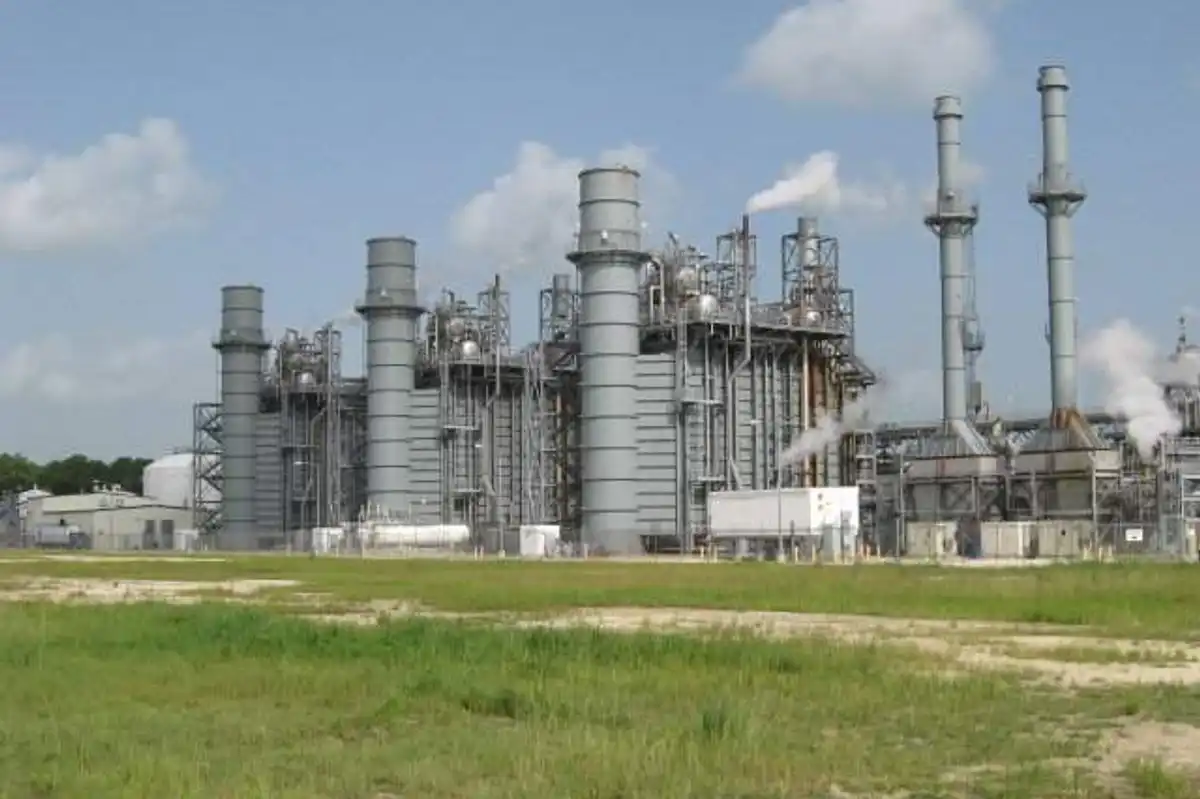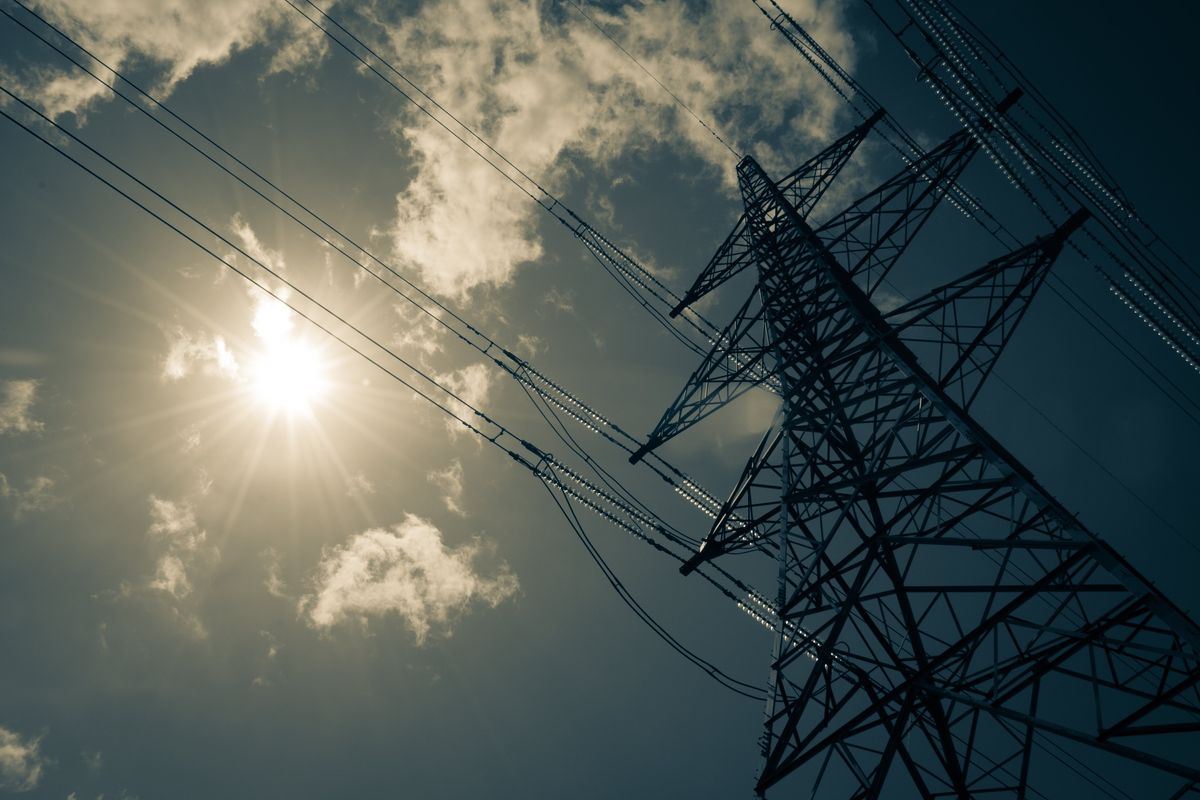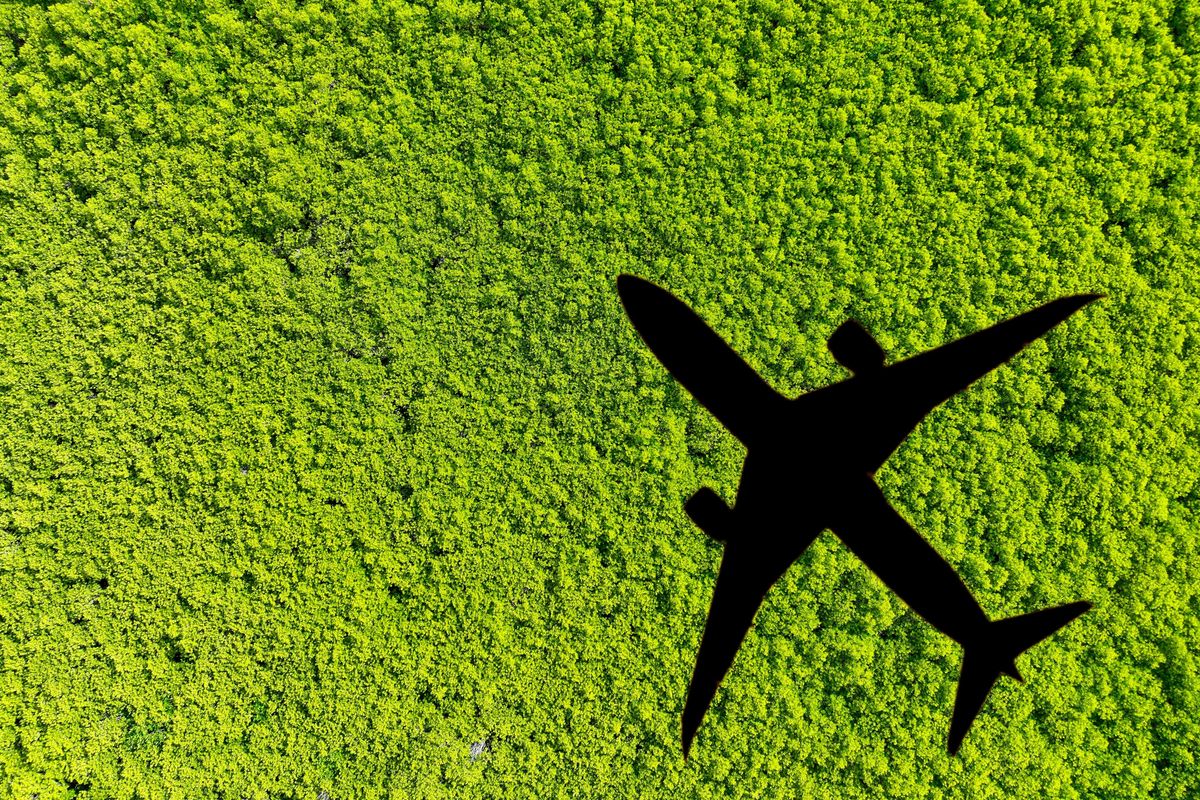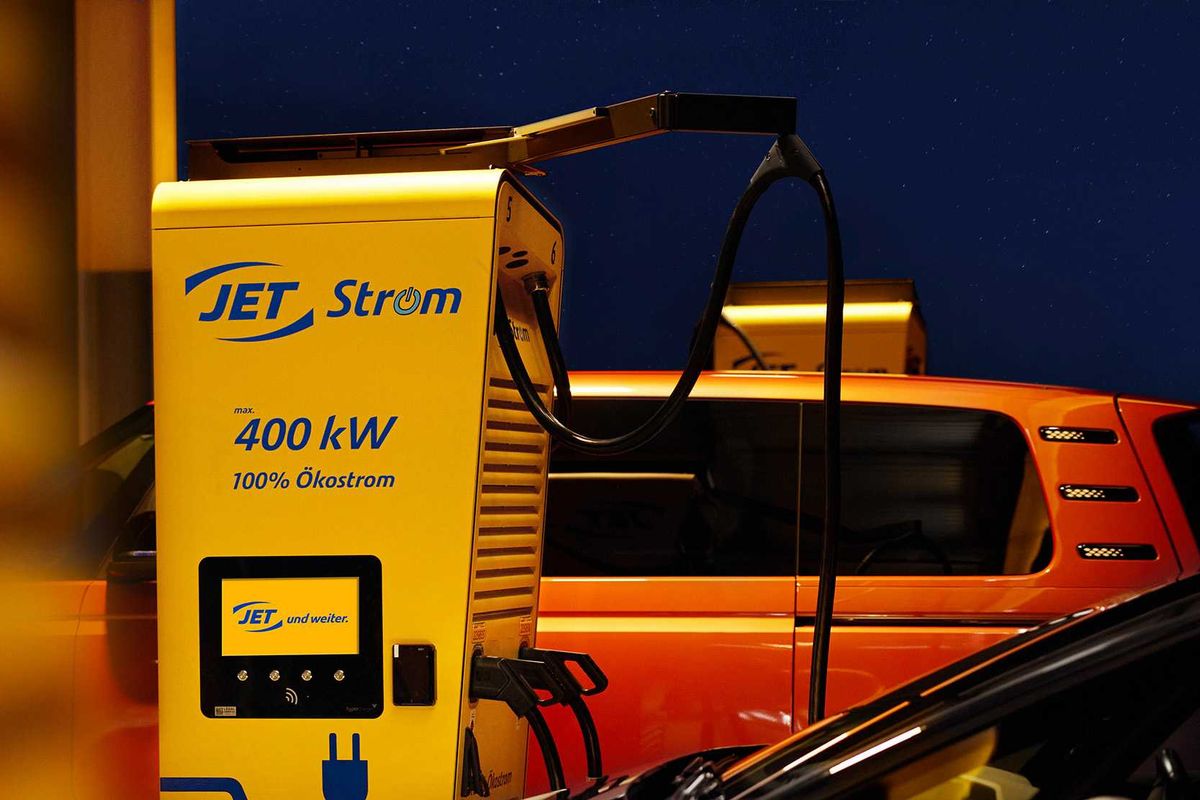Houston-area solar farm project secures $185M in financing, names engineering firm
coming soon
A solar project in Fort Bend County has secured funding and an engineering firm this month.
Impact investment firm Advantage Capital has committed to provide a $185 million investment to Sabanci Renewables Inc., a North American subsidiary of Sabanci Holding based in Austin, to complete the financing of its Cutlass Solar II project 40 miles southwest of Houston. Cutlass II is a 272 MWdc utility-scale solar project under construction in the Electric Reliability Council of Texas (ERCOT).
The project will be located in Fort Bend County. Advantage Capital’s tax equity investment will provide the external capital for Sabanci to complete the project. Sabanci Renewables will own and operate the facility.
“This investment with Sabanci Renewables perfectly aligns with Advantage Capital’s commitment to funding clean energy projects nationwide and will especially have a positive impact on the community in greater Fort Bend County, Texas,” Tom Bitting, Principal at Advantage Capital, says in a news release. “We are thrilled to be working with Sabanci, a trusted name in the global energy industry, in bringing this project online for the benefit of its stakeholders.”.
Operations for Cutlass II are expected in April 2024. The project includes over 500,000 solar panels situated on over 1,000 acres of land. The solar panels are expected to help provide sustainable electricity to more than 80,000 homes in Texas, help to mitigate energy supply security concerns due to hotter weather, and create jobs.
“We are happy to partner up with Advantage Capital in our first renewable energy project in the U.S. and proud to demonstrate our execution capabilities in such a competitive market under such a challenging environment,” Ismail Bilgin, CEO of Sabanci Renewables, said in a news release.
Virginia-headquartered Bechtel, which has a big presence in Houston, has been selected to build the facility for Sabanci Renewables. Sabanci Renewables will own and operate the facility.
"Bechtel is honored to partner with Sabanci Renewables to support a clean energy future," says Kelley Brown, EPC Operations manager, North America Core Renewables, Bechtel Infrastructure, in another news release. "Bechtel's use of new technology in robotics and digital management will help move Cutlass Solar Two from construction to operations in record time, bringing additional renewable energy generation to Texas."











